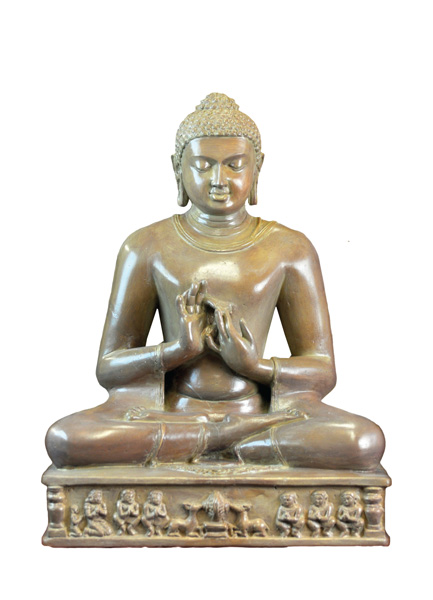Seeing through the eyes of the Buddha
Samādhi (concentration) is the dominant factor of the higher training toward awakening in the early Buddhist texts (EBT), and yet it is lamentably misunderstood. It folds all of the energies of the previous seven path factors into a unified whole:
There are right view, right intention, right speech, right action, right livelihood, right effort and right mindfulness. The unification of mind equipped with these seven factors is called noble right concentration with its supports and accessories. (SN 45.28)
It then provides the incubator for that liberating knowledge that may burst forth into awakening.
Bhikkhus, develop concentration. A monk with concentration understands in accordance with reality. (SN 22.5)
Yet many have doubts that samādhi can possibly fulfill these functions. The problem seems to be that the tight integration of (1) Dhamma, of the contemplative disciplines of (2) mindfulness and (3) samādhi, and of (4) liberating knowledge, as put forward in the EBT, seems to have come apart, for many maintain that the Dhamma cannot reach the stillness of samādhi and that samādhi does not have the cognitive strength to produce liberating knowledge with any kind of meaningful content.
Dhammānupassanā (watching or observing of phenomena) is at the center of this issue. It is the practice of examining phenomenal experience in accordance with the categories of Dhamma – in this sense, seeing through the eyes of the Buddha – articulated most prominently as the fourth establishment of mindfulness (satipaṭṭhāna). But, as we will see, it functions almost entirely in samādhi, and leads to an array of liberating insights. It is here where the full integration of Dhamma, mindfulness, samādhi and liberating knowledge is realized.

Leave a Reply